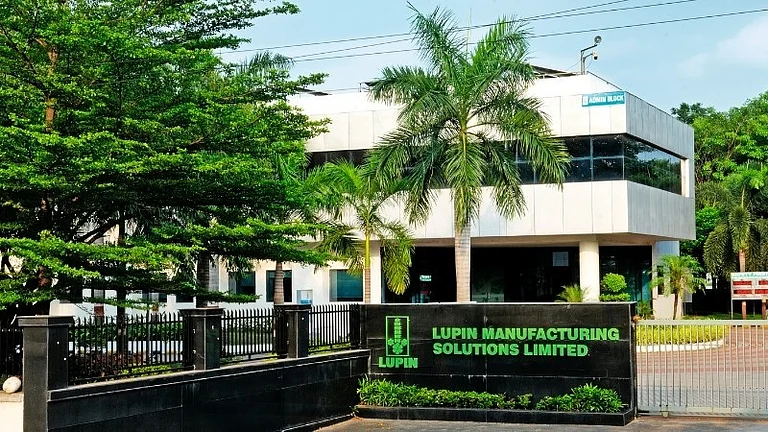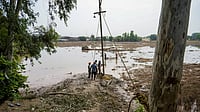Digitalisation is emerging as a powerful tool in transforming how businesses achieve the triple bottom line—economic, social, and environmental—to meet the growing concerns of shareholders. Enhancing transparency and integrating these dimensions into the entire supply chain are critical to this transformation, with digitalisation playing a pivotal role.
A recent study on the impact of digitalisation on sustainable supply chains highlights the potential of various digitally powered technologies, including artificial intelligence (AI), additive manufacturing, blockchain, big data, and the Internet of Things (IoT). These technologies are poised to significantly contribute to the sustainability of supply chains by reducing inventory and waste, lowering environmental footprints, saving time, and cutting costs.
However, the benefits of digitalisation are not universally accessible. Nearly two-thirds of the population in the least developed countries (LDCs) remain offline, excluded from these advancements. To avoid repeating the "winner takes all" paradigm of past development models, it is crucial to include these excluded populations in the digital revolution.
Digitalised supply chains hold the potential to address sustainability concerns specific to LDCs. Real-life examples from these countries show that even small steps towards digitalisation in trade facilitation and business processes can significantly benefit small businesses and farmers. Enhancing supply chain transparency through digitalisation is proving to be a valuable tool in these regions.
The transition to digitalised border trade procedures and paperless trade is another promising mechanism to make trade and supply chains not only climate-friendly but also inclusive. For instance, the United Nations Economic and Social Commission for Asia and the Pacific (ESCAP) estimates that total digitalisation of regulatory procedures around trade could save between 32 kgs and 86 kgs of CO2 equivalents per end-to-end transaction. When extrapolated to the Asia and Pacific region, these savings could amount to 13 million tonnes of CO2, equivalent to planting 439 million trees.
One practical example of digitalisation’s impact is seen in Vanuatu, a country that recently graduated from LDC status. The Electronic Single Window project in Vanuatu digitalised the issuance of biosecurity certificates, reducing the time required from six days to just 10 minutes. This project led to a 95 percent reduction in paperwork and an 86 percent decrease in physical trips needed for certification processes, cutting CO2 emissions by 5,827 kgs.
Similarly, Timor-Leste’s introduction of an Electronic Single Window resulted in a 90 percent reduction in physical trips between government agencies and an 80 percent cut in printed customs documents, lowering CO2 emissions by 14,492 kgs.
In Cambodia, efforts led by the Universal Postal Union, the United Nations Conference on Trade and Development, the Global Alliance for Trade Facilitation, and Swisscontact have supported the development of an Electronic Advanced Data interface between customs and postal services. This initiative ensures the speedy completion of e-commerce transactions for micro-, small-, and medium-sized enterprises.
Digitalisation of business processes not only increases efficiency and productivity but also enables flexible and customised production processes, further contributing to sustainability. It supports various components of a sustainable business model and creates a potentially virtuous cycle between digitalisation and sustainability.
A notable example of this is found in Bhutan, where the ambitious "e-infrastructure for trade and services" project, implemented by the Food Corporation of Bhutan (FCB), has supported the transition towards a digital ecosystem. This project introduced machine grading and an electronic auction system for potatoes in Phuntsholing, contributing to increased price transparency, reduced cartelisation, and lower transaction costs.
As digitalisation continues to evolve, it offers immense potential to reshape supply chains globally, but its true success will depend on inclusive strategies that bring all nations, including the least developed, into the fold.






























